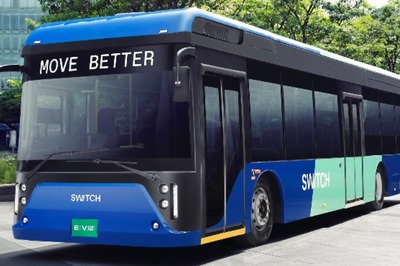
views
Any day now, the Election Commission is expected to announce the poll dates to the 17th Lok Sabha. Campaigning season, if it isn’t already in full-steam, will officially be declared open. Apart from rallies and meetings on the ground, this will also mean an incoming barrage of slogans and songs.
BJP may be the first major party off the block in this game. “Saaf Niyat, Sahi Vikas”, “Phir Ek Baar Modi Sarkar”, “Namo Again”, “Modi hai to Mumkin Hai”, “Kaam kare jo ummeed usi se ho”. Some of these, the first two for instance, were coined last year, while others have been coined over the last few weeks.
“In my opinion BJP already has a headstart over other parties in this respect. BJP has a central plank, a theme, around which they’re weaving the rest of their campaign. The opposition hasn’t, apart from criticising the ruling party, given any theme yet,” says Sunil Alagh, veteran marketer, former MD and CEO, Britannia Industries.
So what is that theme? What does, for instance, ‘Modi hai to mumkin hai’ convey?
“It conveys that anything is possible till the time Modi is in power. Your security is mumkin (possible), for the corporate sector, better taxation policies are mumkin and so on. The slogan has cast its net wide. Combined with 'phir ek bar Modi sarkar', it not only provides continuity and consistency from the earlier campaign but it also gives a message that a lot has been done, and if Modi is voted to power again, he will complete what he has started,” Alagh adds.
Sanjay Kumar, Director at the Centre for the Study of Developing Societies, expands on this idea.
“More than the noise of the slogans, the echo surrounding the slogans will become more important. It is what the campaigners say around that central theme that has a multiplier effect and brings in the people on the margins. They may be anywhere between 1-3%. But in a tight election, such as this has potential to become, the figures may be the margin required to win or lose polls,” Kumar says.
On the specific slogans themselves, Kumar adds that most of the slogans from the BJP camp are directed at the urban middle class and the young.
“To take the example of ‘Modi hai to mumkin hai’, it conveys that it is Modi, and not anyone from the Mahagathbandhan, who can rise up to the occasion and take tough calls when required. “Phir ek baar...” slogan tells public “ek baar aur mauka milna chahiye” (BJP should get a chance again), the younger audience is told that of the 70 years of independent India Modi has so far only got five years. He should be given at least five more to prove his worth,” Kumar adds.
To get a sense of how similar or different BJP’s pitch for a re-election campaign is, one could look at the slogans coined by Congress in 2009, looking for a second term. The theme was ‘Aam Aadmi’ — ‘Congress ka hath, aam aadmi ke sath’, ‘Aam aadmi ke badhte kadam, har kadam par Bharat buland’.
In 2014, Congress returned to the voters with a mix of unity in diversity — ‘Kattar Soch Nahi, Yuva Josh’, ‘Main Nahi Hum’.
To take the case of BJP, under the then Prime Minister Atal Bihari Vajpayee, in 2004, the theme was ‘India Shining’. The multi-crore ad campaign came under much criticism and ultimately failed to woo the voters.
A senior election consultant, who did not wish to be named, spoke in detail about how she looked at the campaign. “To be honest, none of the slogans have the catchiness of ‘ab ki baar Modi sarkaar’. Secondly, it appeared that the party was in two minds about committing absolutely to the image of Modi yet again. And it seems to me that there is a deliberate attempt at focusing on the strength of Modi than on his achievements.”
The consultant added, “For instance ‘Modi hai to mumkin hai’ originally was ‘hum hain to mumkin hai’. It was after the Balakot strikes that Modi in a rally modified the slogan in his own name. Now the import of the slogan is that Modi is a strong leader who can take tough decisions when it really matters.”




















Comments
0 comment